Power BI Report Server: Key Features and Elements
Every CTO knows the struggle of managing complex reports. The inefficiency of scattered data, the constant juggling between reporting tools, the challenge of ensuring accurate KPIs...
Kapil Panchal - August 02, 2022
Listening is fun too.
Straighten your back and cherish with coffee - PLAY !
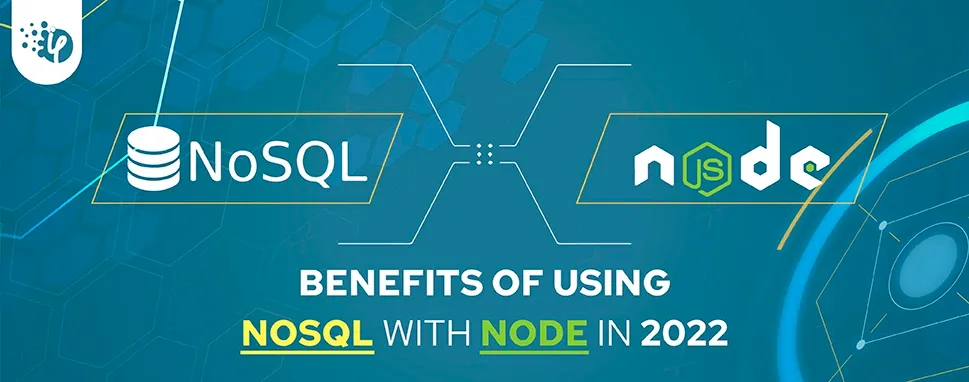
Node.js is commonly used in web application development because it allows the application to run while accessing data from the backend server. It is asynchronous, event-driven, and facilitates in the building of scalable online applications. Although Node.js works well with MySQL databases, the ideal combination is a NoSQL database such as MongoDB, where the schema does not need to be well-structured.
Employing prominent tools and front-end technologies is crucial for making the most of Node.js application development. MongoDB is one of the recommended platforms since it not only simplifies query processing but also provides excellent data scalability. It stores data as a collection of documents rather than tables linked together by foreign keys. This allows various types of data dealt over the internet to be stored properly and accessed in web applications using Node.js. Another option is to use CouchDB, which stores data in a JSON/BSON environment. it stores data as a collection of documents rather than tables linked together by foreign keys. This allows various types of data dealt over the internet to be stored properly and accessed in web applications using Node.js. Another option is to use CouchDB, which stores data in a JSON/BSON environment.
Node.js is a scalable network application development platform that runs on Chrome's JavaScript engine. Because of its single-threaded nature, Node.js is generally used for non-blocking and event-driven servers that require asynchronous processing. It is used for standard webpages and back-end API services and is appropriate for real-time, push-based systems.
Node.js supports all types of databases, including relational and NoSQL. However, Node.js NoSQL databases are the best fit for the majority of applications and enterprise-wide use-cases. To use Node.js to access a database, you must first install drivers for the database that your users will be using.
When creating apps, you may need to use ETL technologies to transfer and transform data. Take a look at how MEAN stack is useful for web development to comprehend the use of Node with MongoDB.
NoSQL is a database management technique that supports a wide variety of data models, including key-value, document, columnar, and graph formats. A NoSQL database is non-relational, distributed, flexible, and scalable in general.
Other characteristics of a NoSQL database include the lack of a database schema, data grouping, replication support, and eventual consistency, as opposed to the typical ACID (atomicity, consistency, isolation, and durability) transaction consistency of relational and SQL databases. Many NoSQL database management systems are also open source.
An important takeaway: NoSQL databases support horizontal scaling and hence do not require a predefined set of columns in the table Unlike SQL, it does not use JOINs and includes a variety of data types depending on the data model, such as key-value, document, graph, and so on.
The primary goal of someone who uses a NoSQL database is to store data in documents. NoSQL is a type of distributed database that allows for ad-hoc queries, real-time integration, and efficient indexing. It is also open-source and ideal for rapidly changing data. It also performs server-side data validation.
Node.js is a programming language that is inferred, familiar, and adaptable. The majority of developers are familiar with this JavaScript-based environment. Node.js is undeniably fast, and it allows for real-time exploration of a diverse range of data. It allows for code sharing and acts as a proxy server, enabling real-time data streaming.
Node.js NoSQL is an excellent choice for all of these reasons. Node.js NoSQL is an excellent choice for high performance and working with massive amounts of unstructured data. Its growing popularity can be attributed to the fact that it allows programmers to write both server-side and client-side code.
You can use Node.js NoSQL symphony to build apps that scale with your business by using microservice design and containerization. Here are six popular applications that make use of Node.js NoSQL functionality.

Netflix is the world's leading provider of streaming media and video-on-demand content, such as movies and television shows. Back in 2013, Netflix expanded into film and television production, as well as online distribution and original programming production.
Netflix already had a robust and feature-rich application, so they set out to make it more usable and lightweight by reducing complexities and focusing on power user interfaces, all while leveraging their existing infrastructure. As a result, they selected Node.js NoSQL embedded database architecture for the entire user interface. The Netflix team is shifting data access layers to Node.js because it has proven to be so efficient.
In over 40 countries, Netflix has 33 million subscribers. Netflix uses three NoSQL tools in their Node.js NoSQL architecture: SimpleDB, HBase, and Cassandra. Netflix uses HBase because of its close integration with Hadoop. The most significant advantage of using HBase is the ability to integrate real-time HBase queries to batch map-reduce Hadoop jobs while using HDFS as a clustered file platform.
Netflix employs Cassandra due to its scalability, lack of node failures, and cross-regional deployments. SimpleDB's write operation and auto replication across availability zones within a region make it extremely resilient. It has some really useful query and data format features, such as various criteria per row key, batch operations, consistent reads, and so on, in addition to a simple key/value interface.

LinkedIn remains a popular business-oriented social network and a useful tool for job searching. LinkedIn has 467 million users from over 200 countries worldwide.
LinkedIn opted for an asynchronous event system over their synchronous Ruby on Rails mobile app, which required clients to make numerous calls for a single page. As a result, because of its performance, scalability, and efficiency, they chose the Node.js NoSQL database. And the Node.js NoSQL database lived up to its billing.
Espresso is a fault-tolerant, distributed NoSQL database that integrates the LinkedIn database and supports approximately 30 LinkedIn applications. Among them are member profiles, InMail (a member-to-member message system), sections of the homepage, and mobile applications.
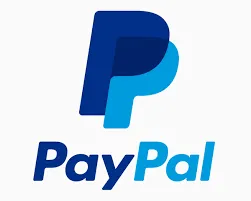
PayPal is one of the world's most popular and well-known payment services. It enables you to make payments, send money, and accept payments. Users can connect to the internet without disclosing their debit or credit card information thanks to this technology. As of November 2017, PayPal had approximately 200 million active accounts.
Surprisingly, Node.js was not Paypal's first choice of technology. According to PayPal Engineering, the initial concern was the division of teams into those who write for browsers (using HTML, CSS, and JavaScript) and those who develop for server applications (using Java). As a result, the browser-server boundary was the main stumbling block.
The solution was to pool their engineering expertise into a single team and use JavaScript for both browser and server apps. PayPal, the world's largest online payment system, began using Node.js NoSQL in 2013 for a variety of applications. They generated cross-channel audience analytics in profiling, segmentation, identity mapping, and other areas using Couchbase, their NoSQL database in Node.js NoSQL embedded database architecture.
By 2014, Couchbase had assisted the organization in managing over 1 billion documents and 10 terabytes of data. PayPal expanded Couchbase's use into user data analytics, using Kafka and Hadoop to process millions of updates per minute.
NoSQL, a distributed database, supports ad hoc queries, real-time integration, and quick indexing. It's also free and open source, making it ideal for frequently changing data. Node.js is certainly fast, and it enables real-time analysis of a wide range of data. It enables code sharing and serves as a proxy server for real-time data streaming. Because of all of these factors, Node.js NoSQL embedded databases are extremely useful and beneficial to your organization.
If you frequently use NoSQL databases for heavy applications and workloads, having a backup for your data can be extremely beneficial. While there are numerous methods for safely storing and analyzing data, one simple method is to use Hevo's No-Code ETL pipelines to transfer and transform your existing data.
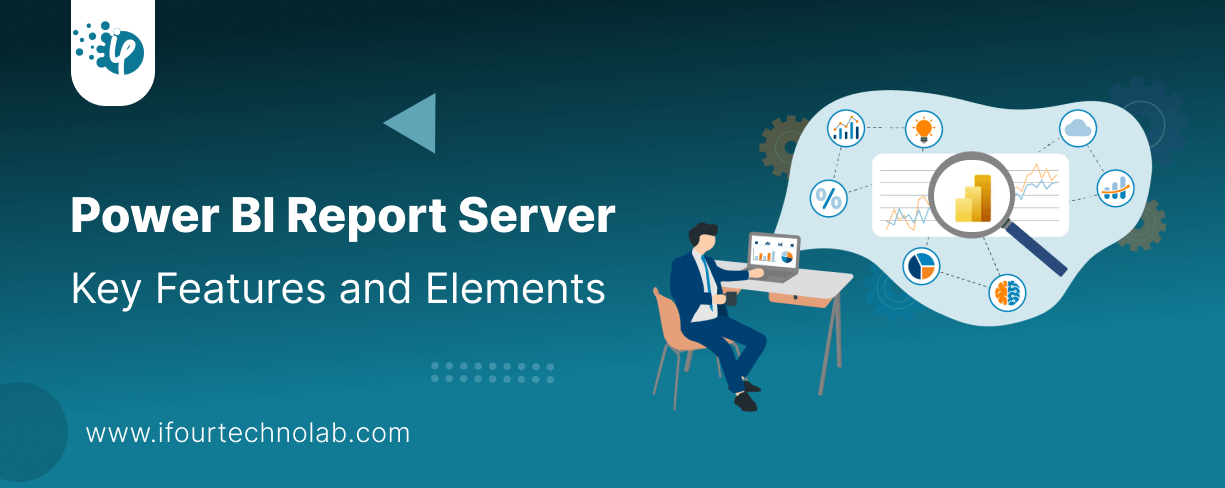
Every CTO knows the struggle of managing complex reports. The inefficiency of scattered data, the constant juggling between reporting tools, the challenge of ensuring accurate KPIs...
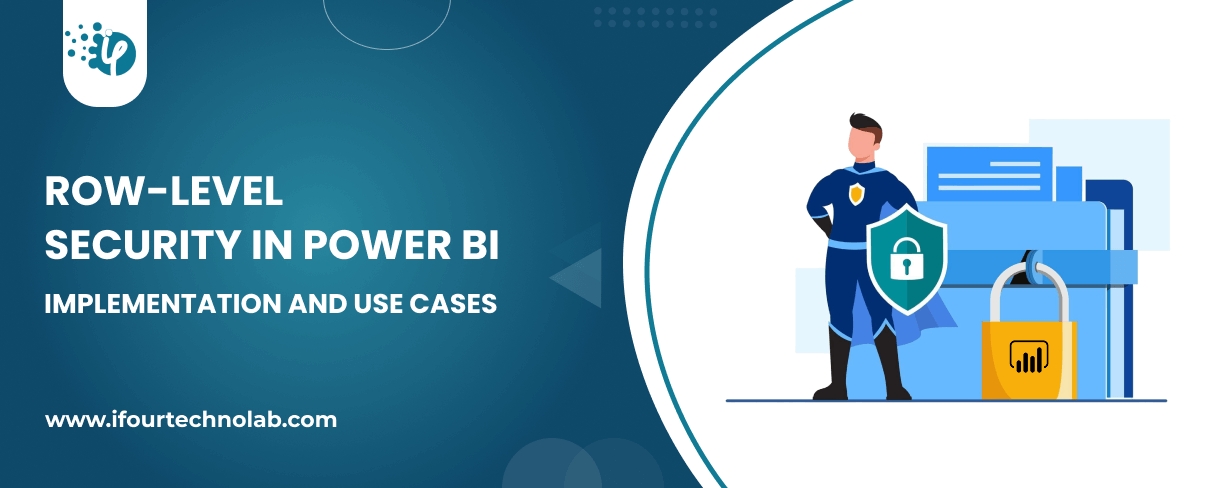
The very first reason why you should implement Row Level Security is to foster trust, a crucial element for any business's success. Next, it reduces data clutter and helps you load...
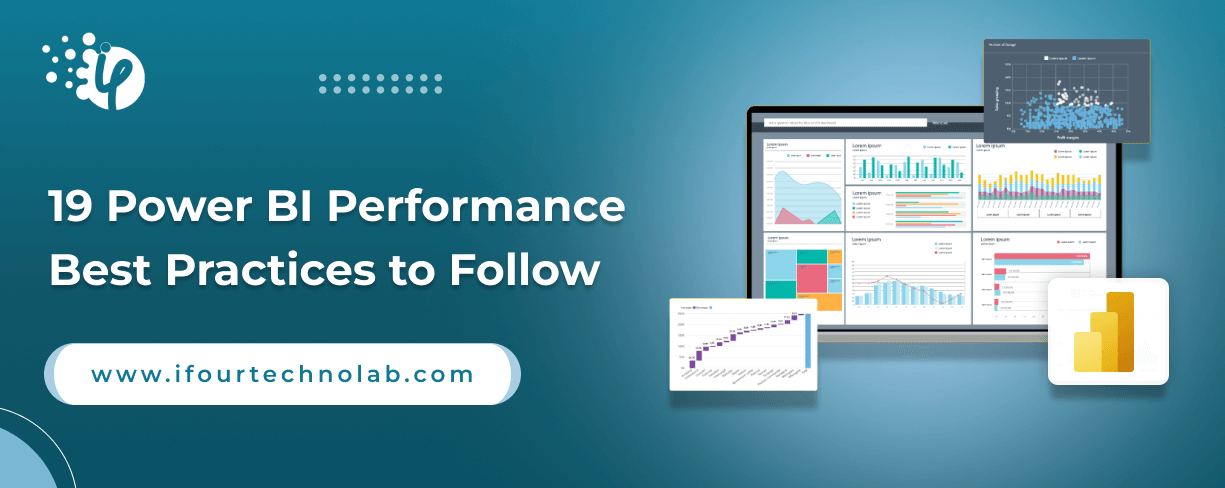
The performance of Power BI is significantly influenced by two essential factors: design consistency and the rapid loading of BI elements. This holds true whether you choose Tableau...